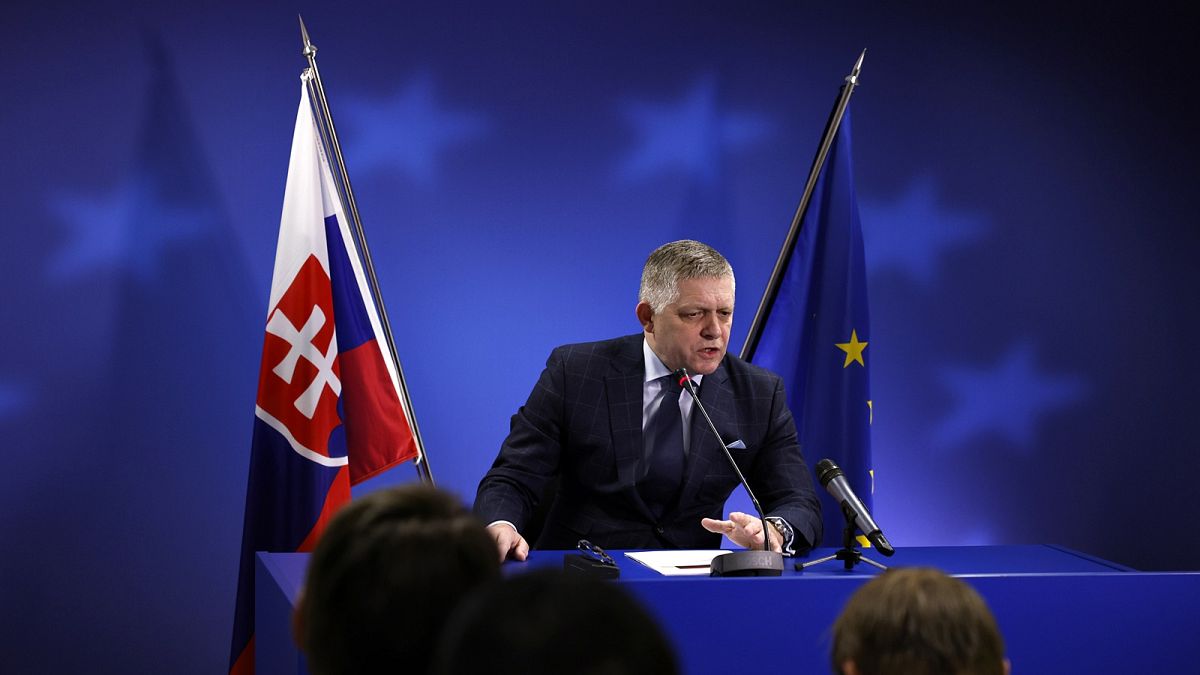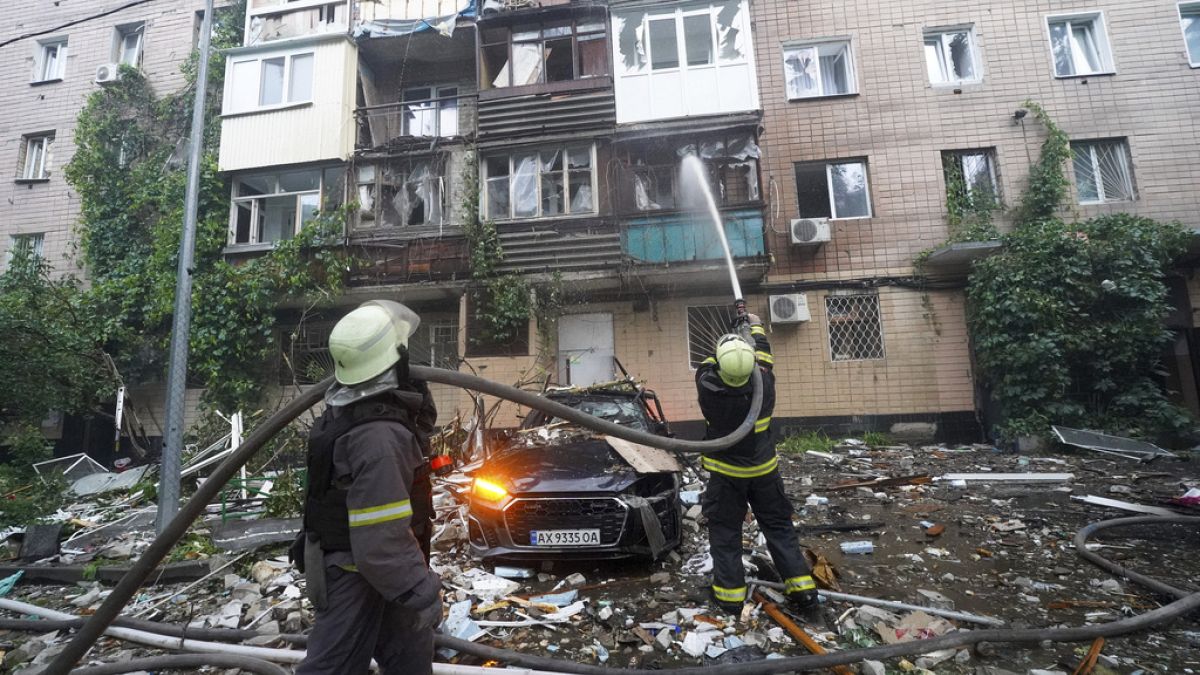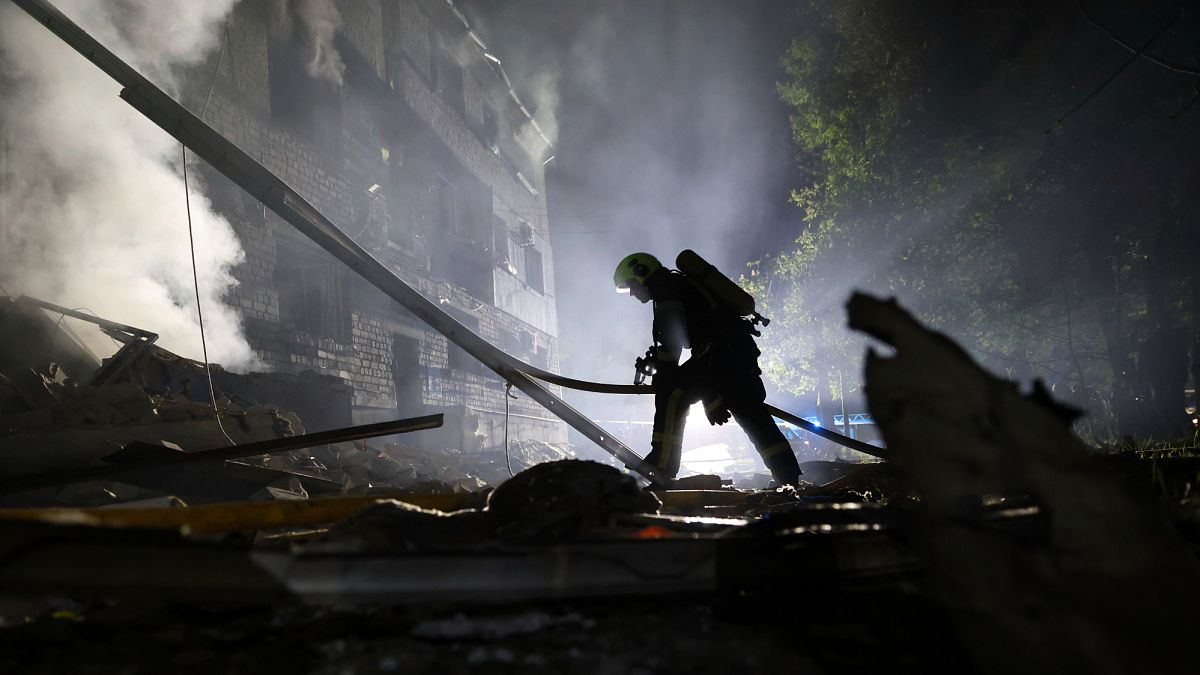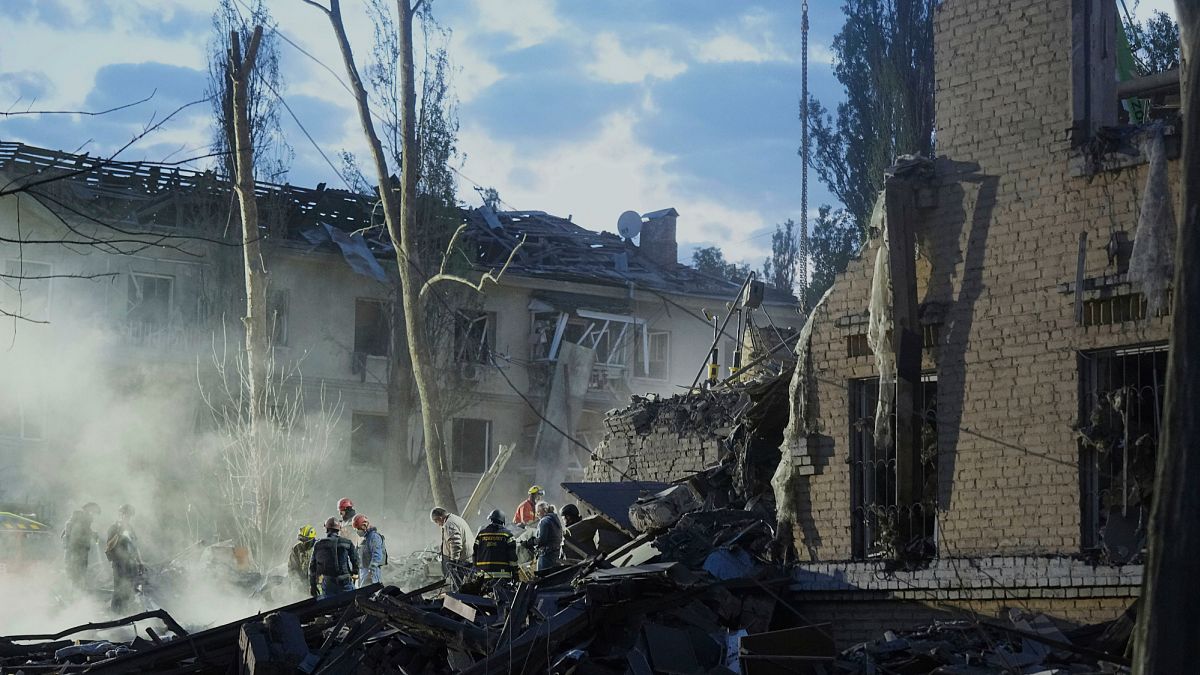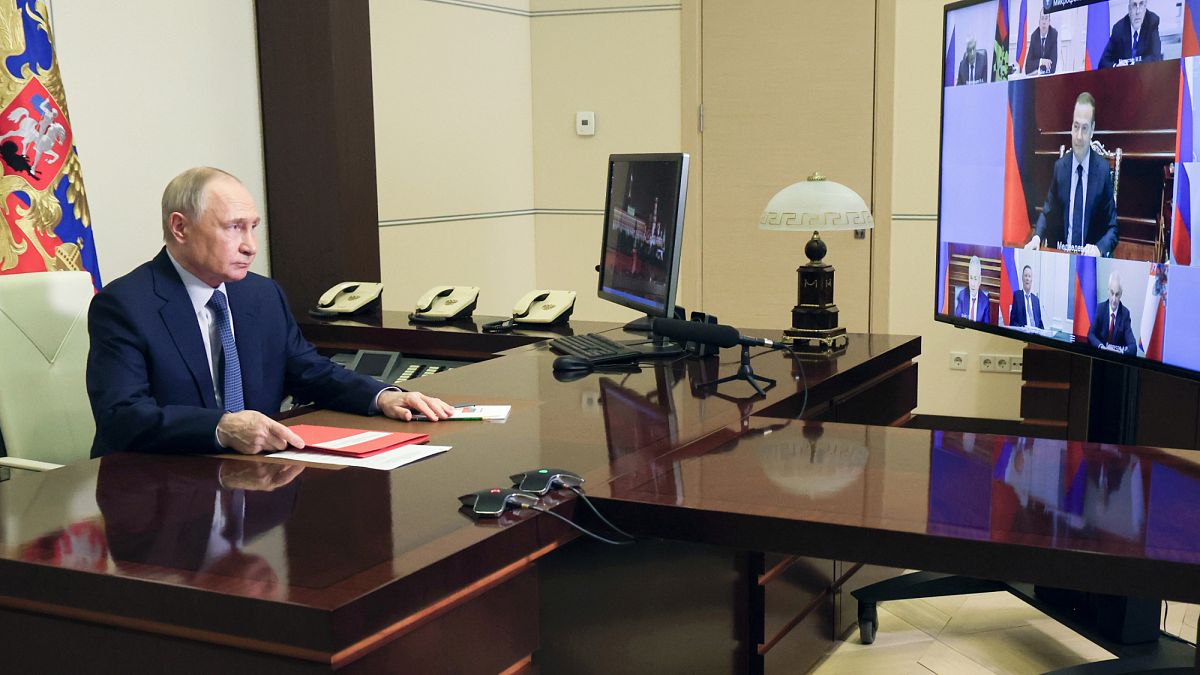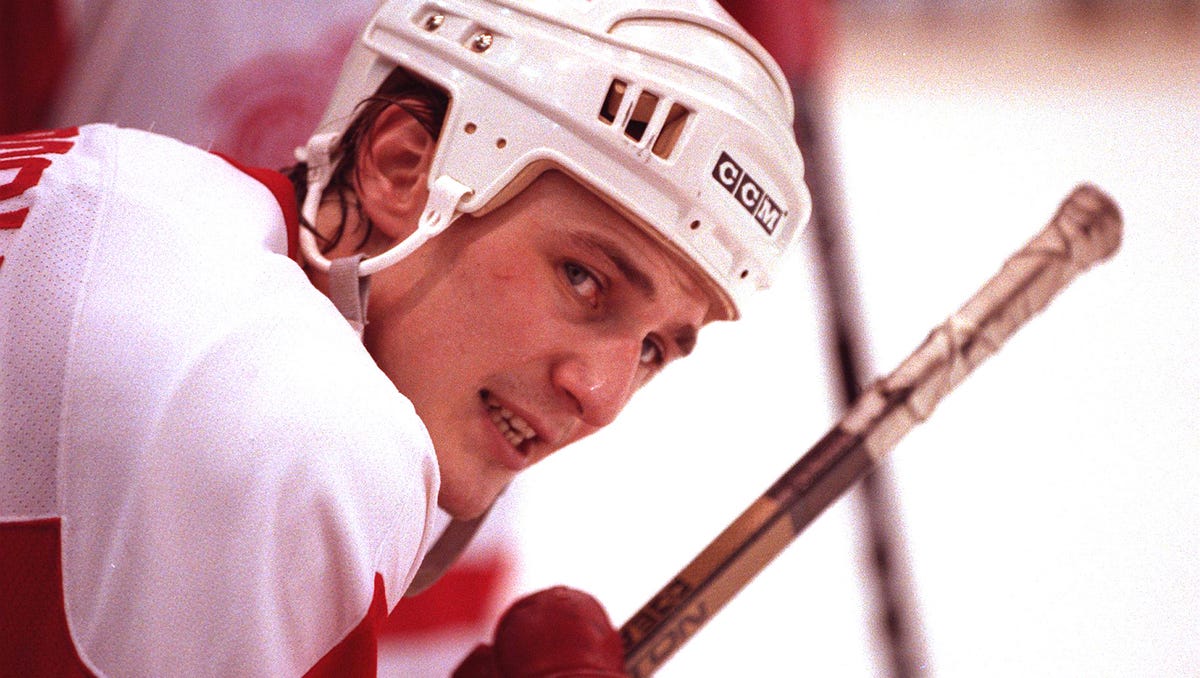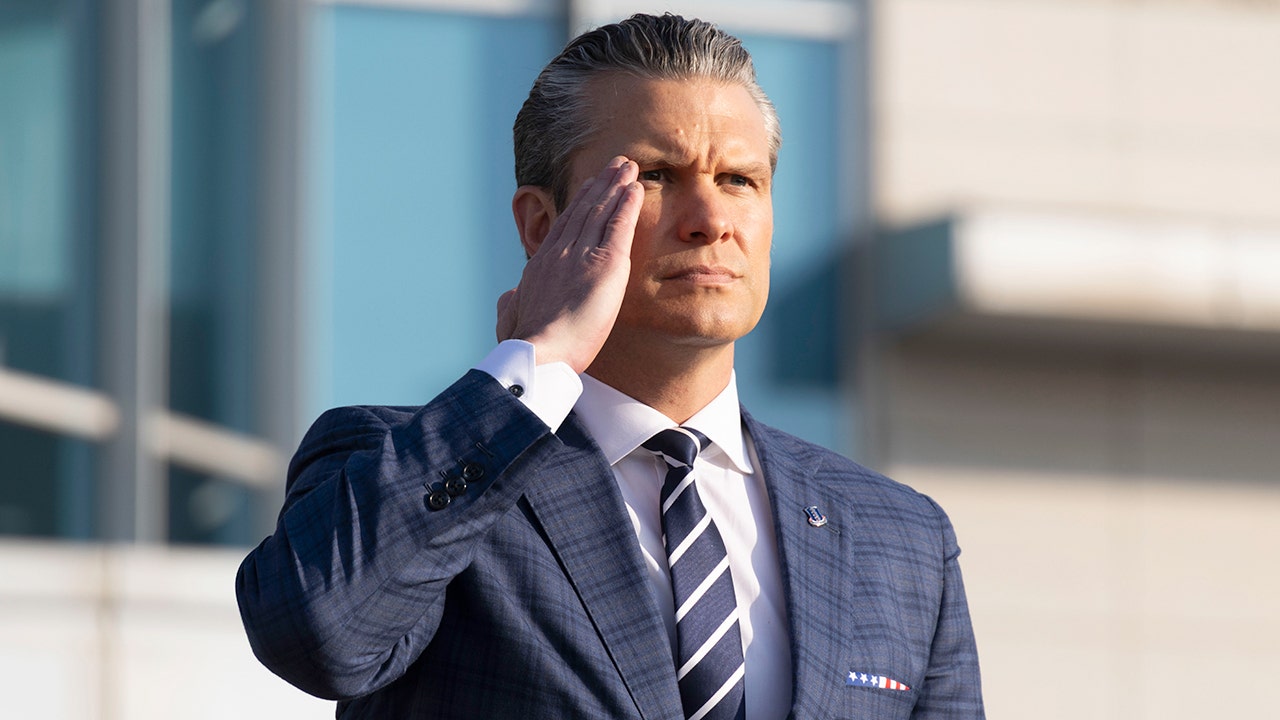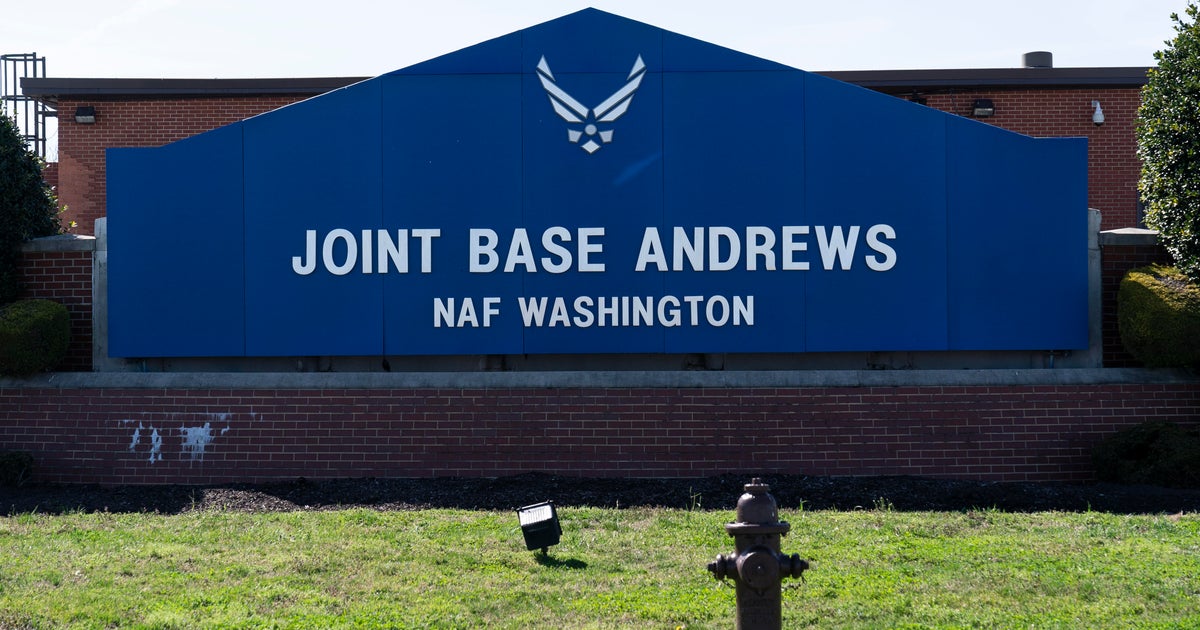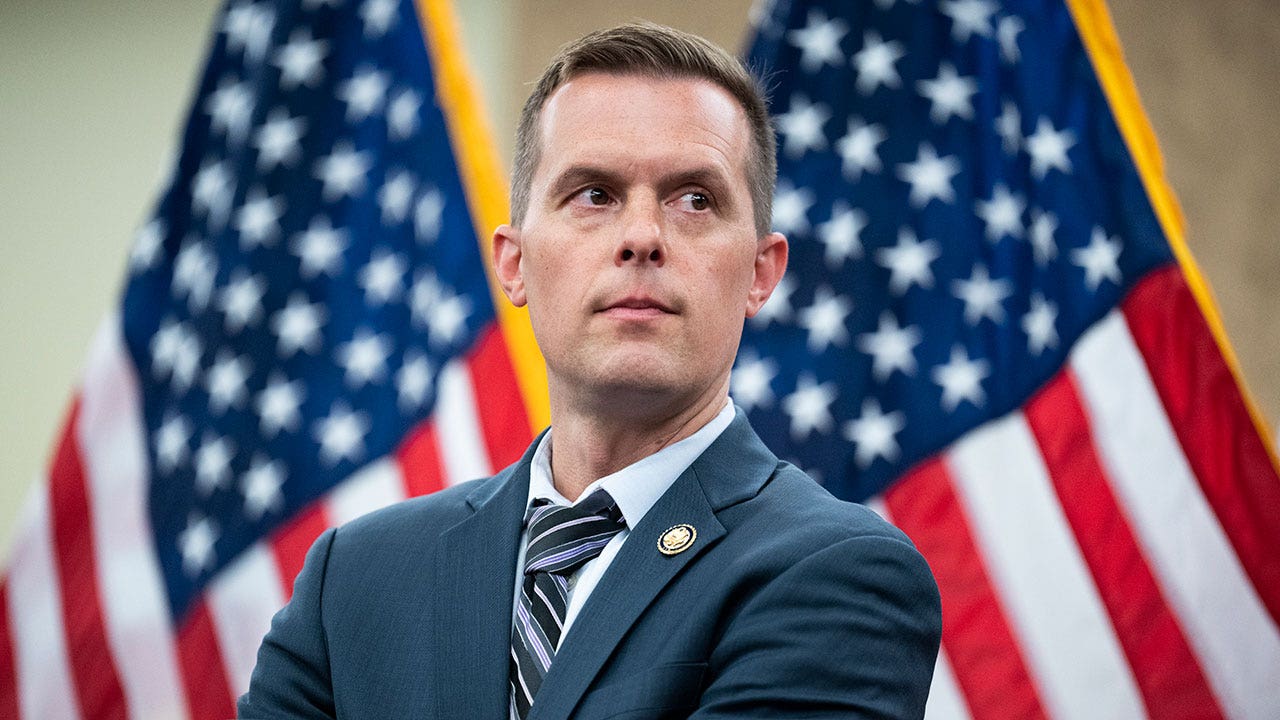World
Power restored to Ukraine’s Odesa following Russian overnight attack

Published on
ADVERTISEMENT
Around 50 towns in Ukraine’s Odesa region were left without power on Saturday morning following an overnight Russian drone attack on energy infrastructure, according to regional authorities.
Ukrainian private energy firm DTEK reported that power has since been restored to the 240,000 households affected.
Regional governor Oleh Kiper said that besides energy infrastructure, two residential buildings and a hotel were damaged. One person, a 47-year-old woman, was injured.
Power was also restored to over 800,000 Kyiv residents on Saturday, following a separate attack by Russia on the Ukrainian power grid a day earlier, which caused blackouts across much of the country.
DTEK that “the main work to restore the power supply” had been completed, but that some localiSed outages were still affecting the Ukrainian capital following Friday’s “massive” Russian attacks.
Prime Minister Yulia Svyrydenko described the attack as “one of the largest concentrated strikes” against Ukraine’s energy infrastructure.
Ukraine’s air force said Saturday that its air defenses intercepted or jammed 54 of 78 Russian drones launched against Ukraine overnight, while Russia’s defence ministry said it had shot down 42 Ukrainian drones over Russian territory.
Over the past day, at least four people were killed and 18 injured in Russian attacks on Ukraine, according to regional authorities.
Ukrainian President Volodymyr Zelenskyy on Friday accused Russia of “taking advantage” of the world focusing its attentions on the Middle East to intensity attacks on Ukraine and target energy facilities. He said “this is a new record of Russian cowardice – to intensify terrorist attacks at such a moment, to strike at the lives of our people.”
“There can be only one response to this,” he added, “and that is more force, more air defence to protect our critical infrastructure and more pressure on Russia to make them truly accountable for everything they do.”
The energy sector has been a key battleground since Russia launched its all-out invasion more than three years ago.
Each year, Russia has tried to cripple the Ukrainian power grid before the bitter winter season, apparently hoping to erode public morale. Winter temperatures run from late October through March, with January and February the coldest months.
Additional sources • AP

World
Traffic to resume at Sweden’s second-biggest airport after drone scare

Item 1 of 4 Police vehicles are parked outside the Gothenburg-Landvetter Airport as the airspace above was temporarily closed after drones were observed around the airport, in Gothenburg, Sweden November 6, 2025. TT News Agency/Adam Ihse via REUTERS
GOTHENBURG, Sweden, Nov 6 (Reuters) – A drone incident that prompted a sabotage investigation and halted traffic at Sweden’s second-largest airport ended on Thursday night with flights preparing to resume.
Drones have caused major disruption across Europe in recent months, forcing temporary airport closures in several countries. Some officials have blamed the incidents on hybrid warfare by Russia. Moscow has denied any connection with the incidents.
Sign up here.
One or more drones were observed at the Gothenburg-Landvetter Airport on Sweden’s west coast around 1641 GMT, authorities said earlier on Thursday, forcing more than a dozen flights to be rerouted or canceled.
“Police have now informed us that the incident is over and we therefore plan to start traffic back up again,” state-owned airport operator Swedavia told Reuters in a text message.
“We have launched an investigation into suspected aviation sabotage,” the police spokesperson said.
In neighbouring Denmark, several airports, including Copenhagen, also closed temporarily in September due to reported drone sightings.
Reporting by Johan Ahlander in Gothenburg and Louise Breusch Rasmussen in Copenhagen; editing by Anna Ringstrom, Leslie Adler and Lisa Shumaker
Our Standards: The Thomson Reuters Trust Principles.
World
Violent mob attacks pro-Israel gathering in Toronto days after mayor’s ‘genocide in Gaza’ remarks
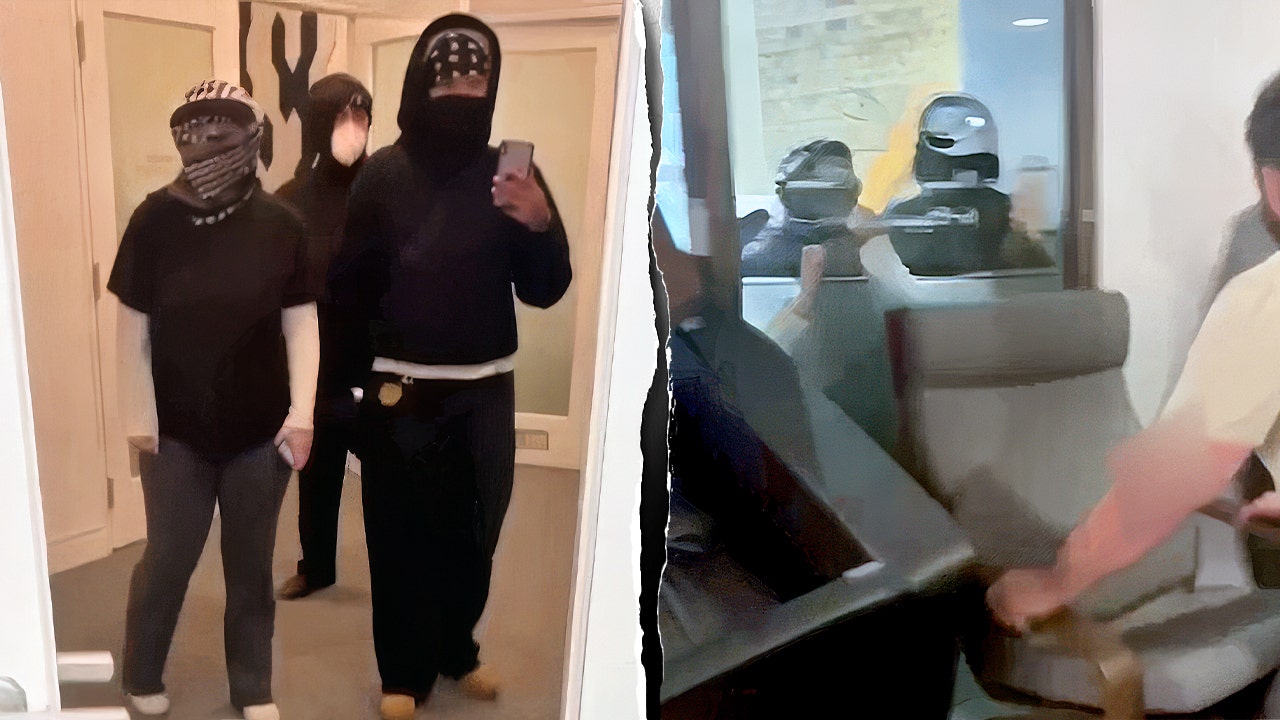
NEWYou can now listen to Fox News articles!
A pro-Israel event in Toronto turned violent on Wednesday when anti-Israel activists stormed a private venue, injuring one speaker and damaging property. The attack came just days after Toronto Mayor Olivia Chow faced criticism for describing “the genocide in Gaza,” a remark that Jewish groups warned could inflame tensions in the city.
The event, organized by the student group Students Supporting Israel at Toronto Metropolitan University and featuring Israeli military veterans, was moved off campus at the last minute for safety reasons. Despite the secrecy, about 40 masked agitators found the venue and forced their way inside, breaking glass and attacking participants.
Israeli-American speaker Jonathan Karten, who divides his time between Israel and New York, said he had come to Toronto to talk to students about his uncle, Sharon Edri, an Israeli soldier kidnapped and murdered by Hamas in 1996. “As soon as we got there, we were attacked by roughly forty protesters—terrorists, whatever you want to call them,” he told Fox News Digital. “Five managed to get into the main room. One had a drill bit. A guy broke through the glass door, I got knocked in the face, and we barricaded ourselves with tables and chairs until police came.”
CANADA’S ANTISEMITISM ENVOY RESIGNS, CITING EXHAUSTION AMID HATE SURGE
Masked pro-Palestinian protesters storm a pro-Israel event in Toronto, breaking glass and attacking attendees, Nov. 5, 2025.
He said the protesters seemed to know the location in advance. “They were waiting for us before we even started speaking,” he said. “It’s not something I assumed would happen in a civilian population in a Western country.”
The assault took place less than a week after Toronto Mayor Olivia Chow said during an event that “the genocide in Gaza impacts us all.” The remark drew immediate outrage from Jewish organizations. “It’s shocking and dangerous language,” said Michael Levitt, CEO of the Friends of Simon Wiesenthal Center, who urged Chow to apologize and clarify that Israel is not committing genocide. “Words like these validate hate and normalize the harassment of Jews,” he told The Algemeiner.
UK SYNAGOGUE ATTACK AND HAMAS HOSTAGE CRISIS UNDERSCORE DEADLY YOM KIPPUR
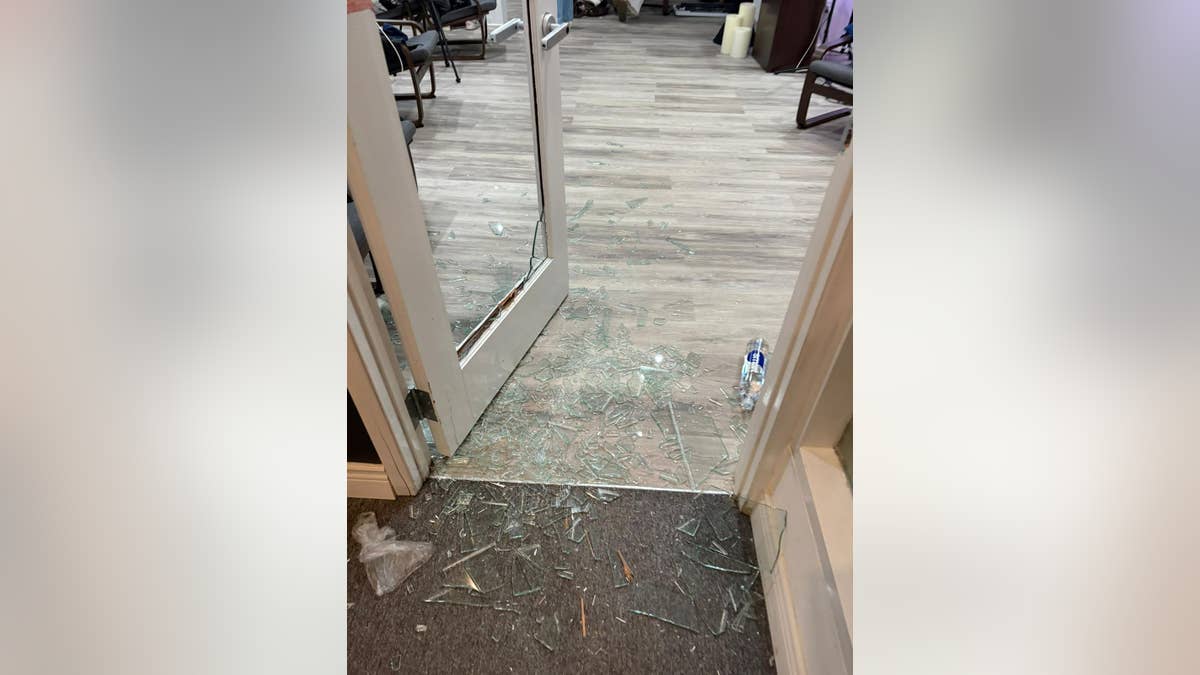
Masked protesters violently disrupted a pro-Israel event in Toronto, breaking glass and attacking participants, Nov. 5, 2025.
According to the Toronto police statement, a group of protesters entered the private event without permission, damaged property, and caused attendees to fear for their safety. One person was injured by broken glass.
Police arrested five people in connection with the attack. All are scheduled to appear in court in January.
CLICK HERE TO DOWNLOAD THE FOX NEWS APP
A Toronto police spokesperson told Fox News Digital that while antisemitic incidents remain the most frequently reported hate-motivated category in the city, they have declined 41% compared to last year.
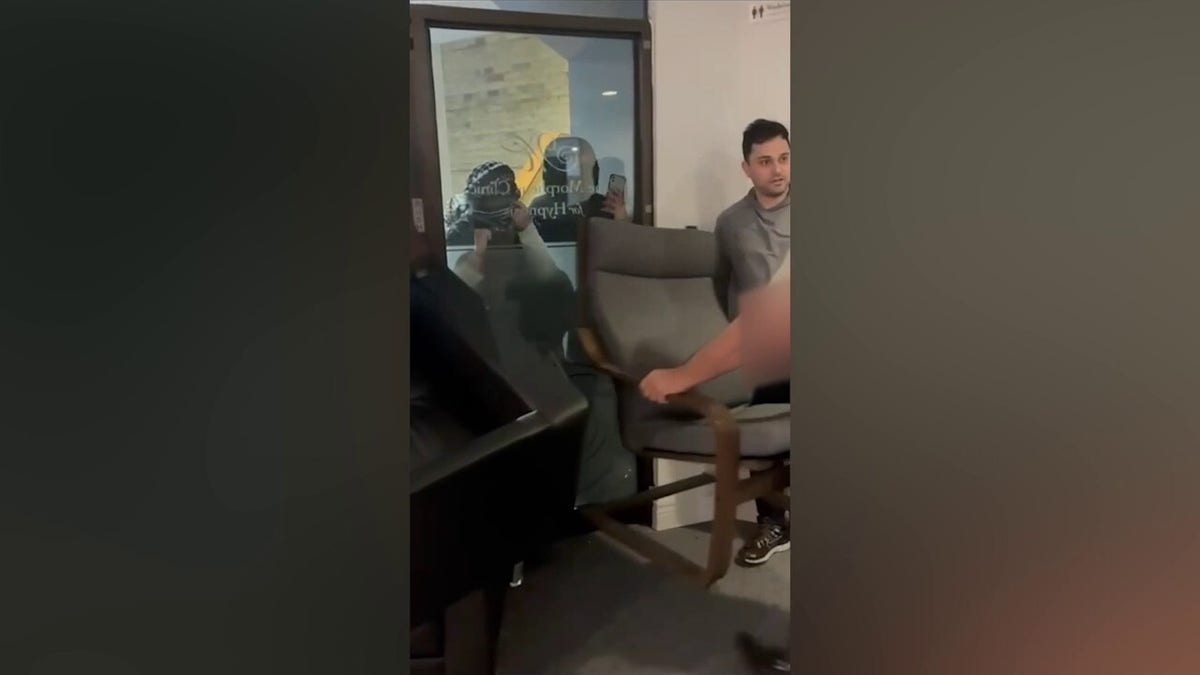
Students try to block entrance from extremist protesters attacking an event organized by Jewish students in Toronot, Canada.
Despite his injuries, Karten said he intends to keep speaking on campuses. “We’re cautious, but not scared,” he said. “We have to make sure Jewish and Israeli voices are heard without fear.
World
ICC confirms war crimes charges against Uganda’s rebel leader Joseph Kony

The International Criminal Court confirmed 39 charges against Kony, paving the way for a trial if he is ever captured.
Published On 7 Nov 2025
Judges at the International Criminal Court (ICC) have confirmed war crimes and crimes against humanity charges against Ugandan rebel leader Joseph Kony, nearly two decades after the court first issued a warrant for his arrest.
Kony, who remains at large, faces 39 charges, including murder, sexual enslavement and rape, making him the ICC’s longest-standing fugitive.
list of 4 itemsend of listRecommended Stories
Judges from the ICC’s Pre-Trial Chamber III said there are “substantial grounds to believe that Mr Kony is criminally responsible for the crimes” committed in northern Uganda between 2002 and 2005, when he commanded the Lord’s Resistance Army (LRA).
Besides crimes committed by his rebels, the judges said Kony could also be held responsible for 10 crimes he allegedly committed himself, linked to two women he forced to become his wives.
“Mr Kony issued standing orders to attack civilian settlements, kill and mistreat civilians, loot and destroy their property and abduct children and women to be integrated into the LRA,” the judges said in their ruling.
The ruling marks the first time the ICC has confirmed charges in a suspect’s absence, meaning the case can formally proceed to trial if Kony is ever captured. Under ICC rules, a full trial cannot begin without the defendant’s presence in court.
Prosecutors said efforts to track down and arrest Kony, now 64, are ongoing.
The ICC’s decision followed a three-day hearing in September in which prosecutors and victims’ lawyers presented evidence and testimony without Kony present – an unusual procedure that set the stage for Thursday’s ruling.
Years of investigations and witness accounts formed the basis of the decision.
Emerging from northern Uganda’s Acholi region in the late 1980s, Kony’s LRA combined Christian mysticism with an armed rebellion against President Yoweri Museveni’s government.
The United Nations estimates about 100,000 people were killed and 2.5 million displaced during the conflict.
Even after being pushed out of Uganda, LRA fighters launched deadly raids across South Sudan, the Democratic Republic of the Congo and the Central African Republic, burning villages, looting communities and abducting tens of thousands of children – the abducted boys forced to fight and girls forced into sexual slavery.
Kony came back into international focus in 2012 when a viral video about his crimes led to the #Kony2012 campaign on social media.
Despite the global attention and years of military operations to apprehend Kony, he remains at large.
-

 Milwaukee, WI1 week ago
Milwaukee, WI1 week agoLongtime anchor Shannon Sims is leaving Milwaukee’s WTMJ-TV (Channel 4)
-

 Culture1 week ago
Culture1 week agoVideo: Dissecting Three Stephen King Adaptations
-

 Austin, TX2 days ago
Austin, TX2 days agoHalf-naked woman was allegedly tortured and chained in Texas backyard for months by five ‘friends’ who didn’t ‘like her anymore’
-

 Seattle, WA1 week ago
Seattle, WA1 week agoFOX 13’s Aaron Levine wins back-to-back Jeopardy! episodes
-

 Seattle, WA6 days ago
Seattle, WA6 days agoESPN scoop adds another intriguing name to Seahawks chatter before NFL trade deadline
-

 Education1 week ago
Education1 week agoOpinion | New York City Mayoral Candidates: Who Would Be Best?
-

 San Diego, CA1 week ago
San Diego, CA1 week agoAdd Nick Hundley, Ruben Niebla to list of Padres’ managerial finalists
-

 Business1 week ago
Business1 week agoCommentary: Meme stocks are still with us, offering new temptations for novice and unwary investors
